Orange Sunray
Display all 13 images






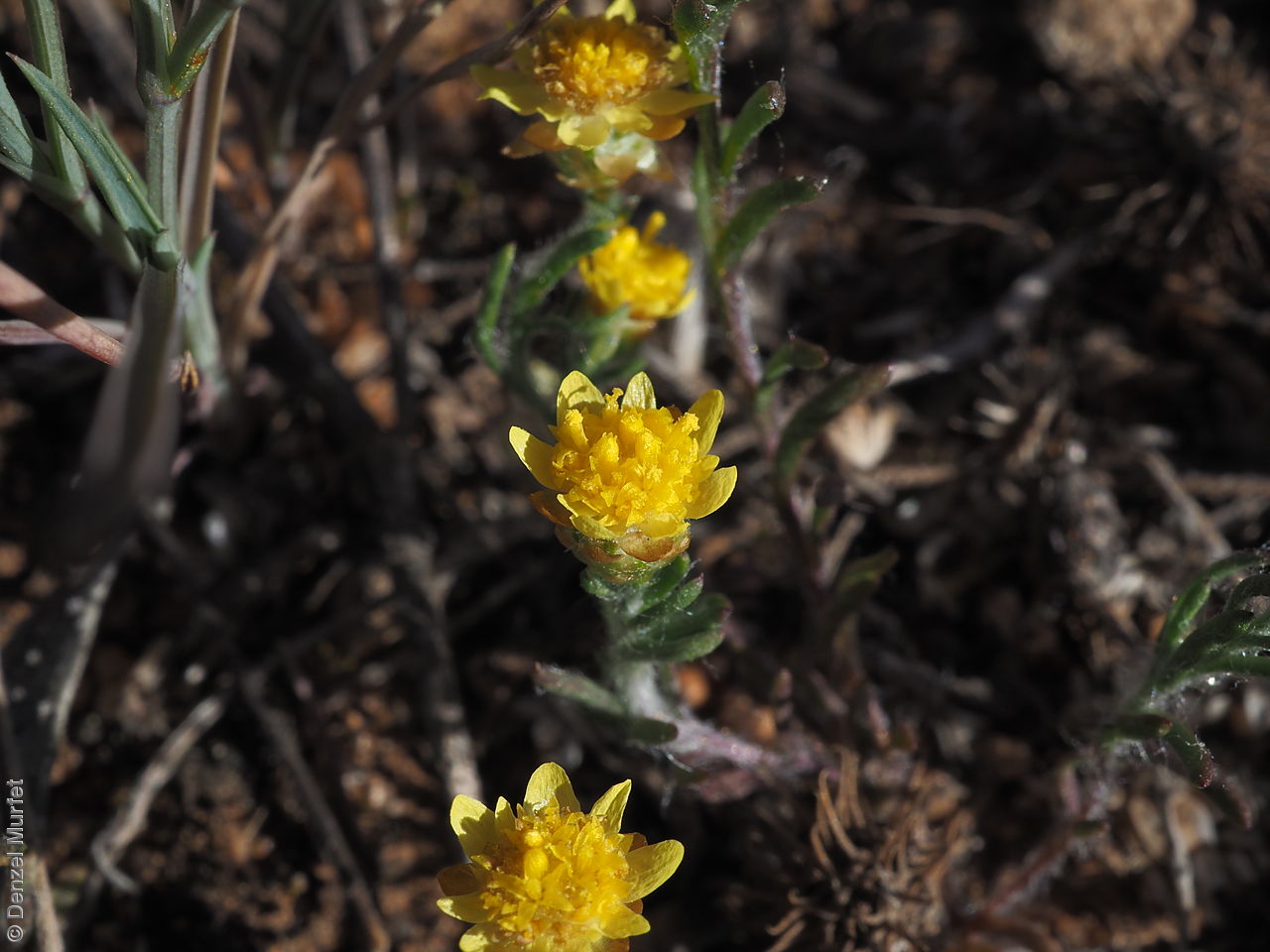
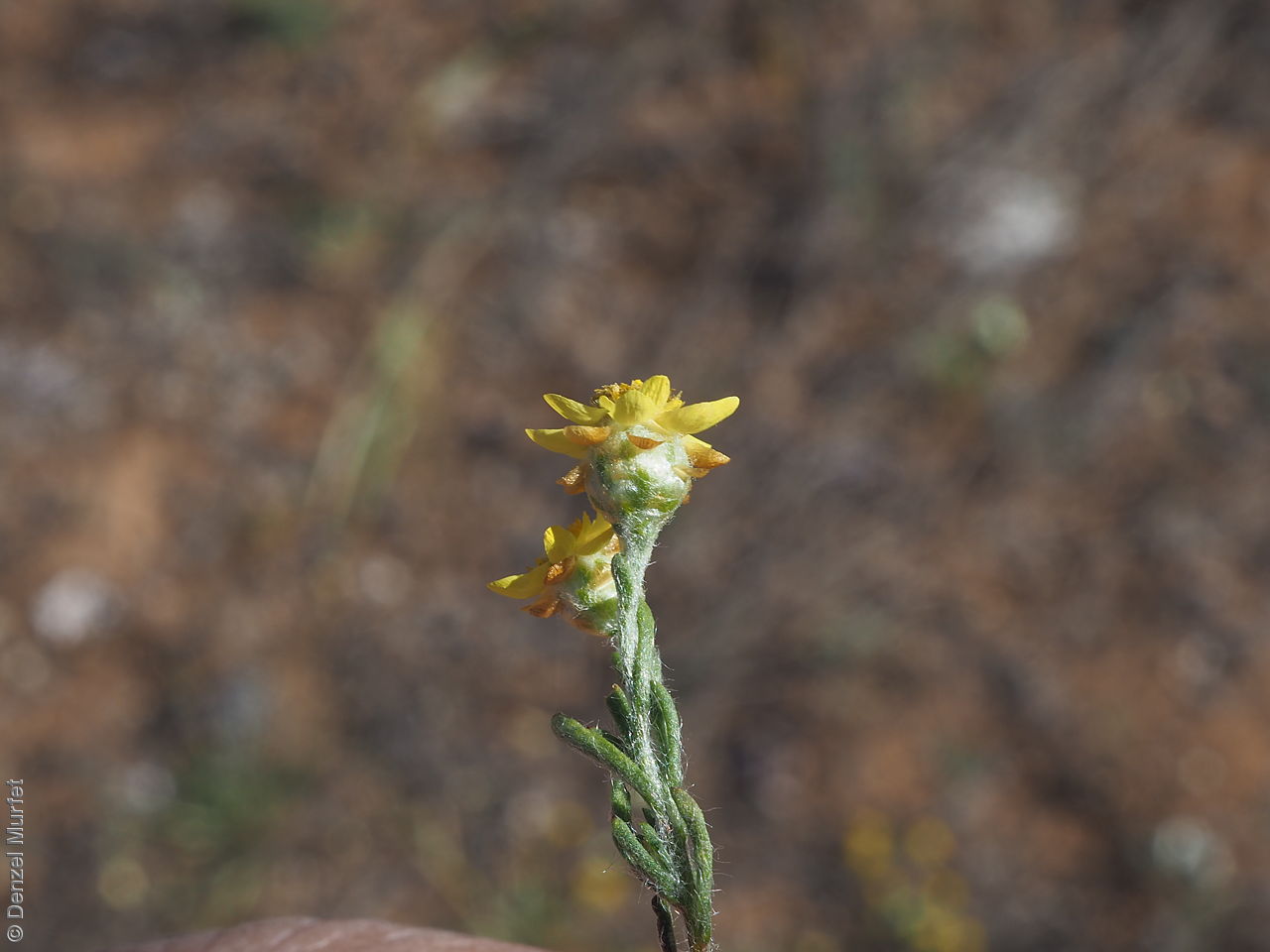

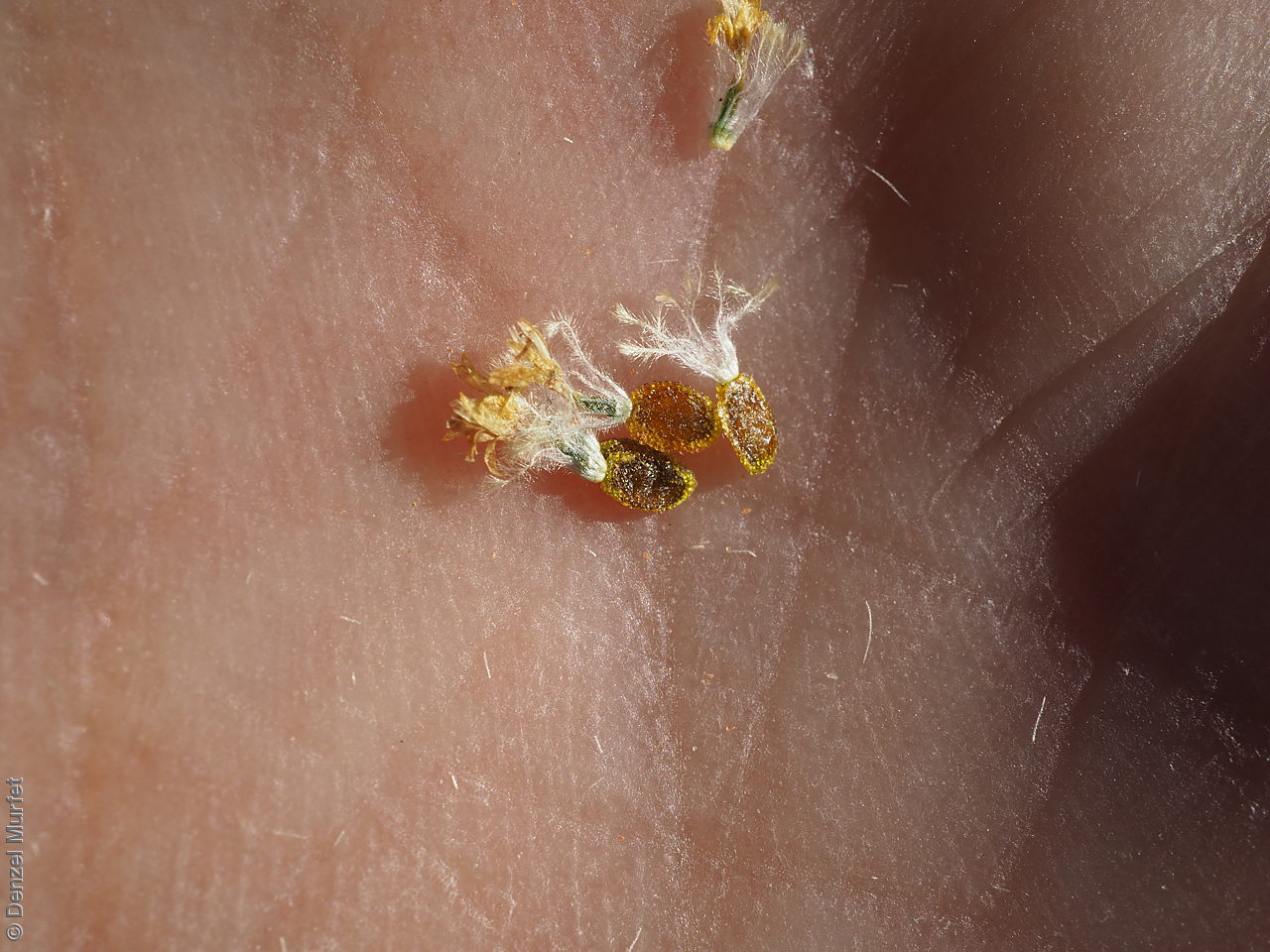

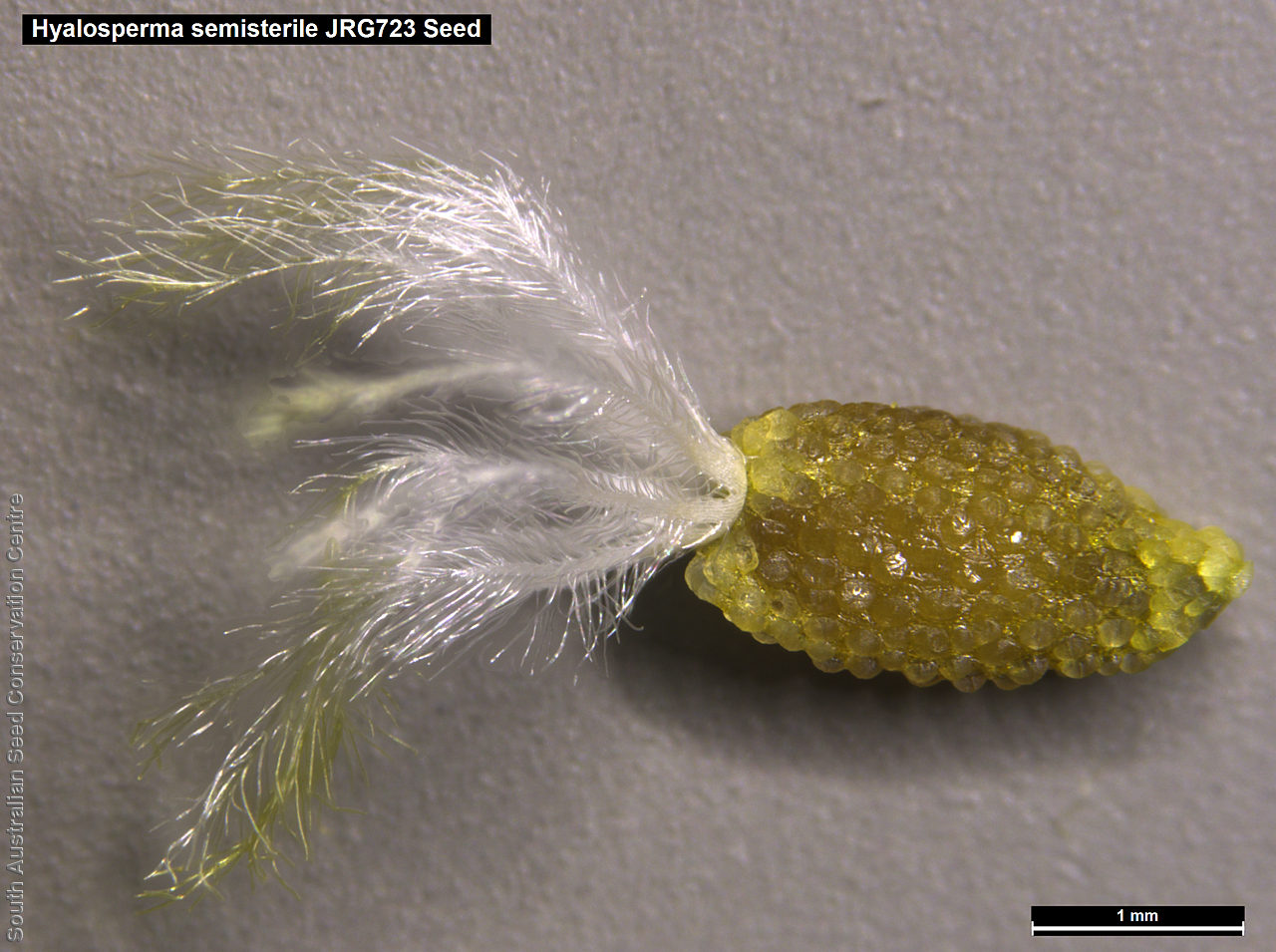
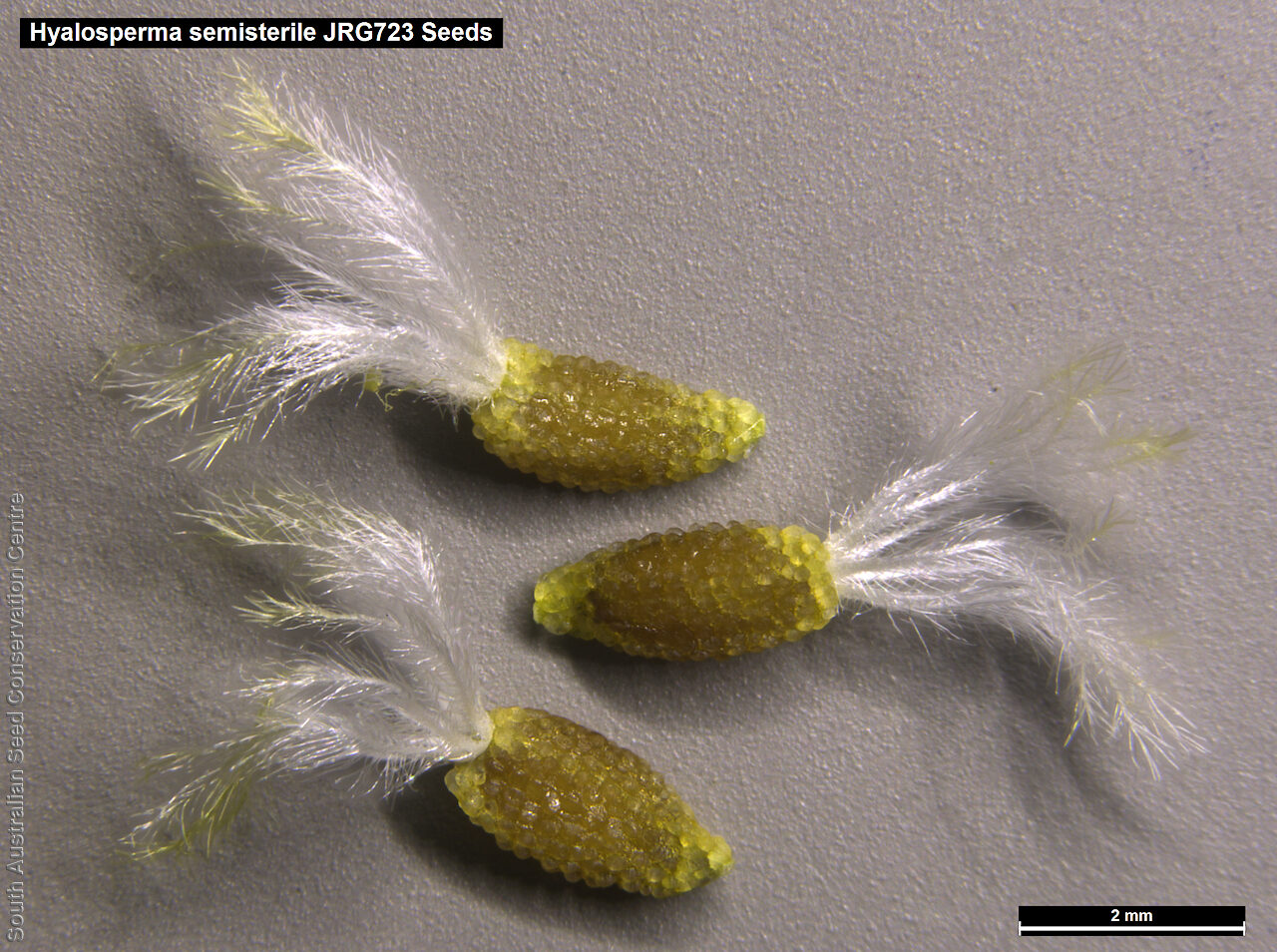
Regional Species Conservation Assessments per IBRA subregion.


Least concern
Near threatened
Rare
Vulnerable
Endangered
Critically endangered
Extinct
Data deficient
Adelaide
Arkaroola
Ceduna
Coober Pedy
Hawker
Innamincka
Marla
Marree
Mount Gambier
Oodnadatta
Renmark
Wudinna
Keith
Yunta
Display IBRA region text
| Fleurieu (KAN02) | Kanmantoo | Rare (IUCN: RA d(ii)) [edge of range] |
| Mount Lofty Ranges (FLB01) | Flinders Lofty Block | Rare (IUCN: RA d(ii)) [edge of range] |
| Broughton (FLB02) | | Least Concern [Grazing a threat] |
| Olary Spur (FLB03) | | Least Concern [Grazing a threat] |
| Southern Flinders (FLB04) | | Least Concern [Grazing a threat] |
| Northern Flinders (FLB05) | | Least Concern |
| Central Flinders (FLB06) | | Least Concern |
| Southern Yorke (EYB01) | Eyre Yorke Block | Least Concern [Grazing a threat] |
| St Vincent (EYB02) | | Least Concern [Grazing a threat] |
| Eyre Hills (EYB03) | | Rare (IUCN: RA d(ii)) |
| Talia (EYB04) | | Rare (IUCN: RA d(ii)) |
| Eyre Mallee (EYB05) | | Rare (IUCN: RA d(ii)) |
| South Olary Plain (MDD01) | Murray Darling Depression | Least Concern |
| Murray Mallee (MDD02) | | Least Concern |
| Lowan Mallee (MDD04) | | Rare (IUCN: RA d(i,ii)) [edge of range, restricted to northern portion] |
| Braemer (MDD07) | | Least Concern |
| Murray Scroll Belt (RIV06) | Riverina | Rare (IUCN: RA d(i,ii)) |
| Myall Plains (GAW01) | Gawler | Least Concern |
| Gawler Volcanics (GAW02) | | Least Concern |
| Gawler Lakes (GAW03) | | Rare (IUCN: RA d(ii)) |
| Arcoona Plateau (GAW04) | | Rare (IUCN: RA d(ii)) |
| Kingoonya (GAW05) | | Rare (IUCN: RA d(ii)) |
| Torrens (GAW06) | | Rare (IUCN: RA d(i,ii)) |
| Yellabinna (GVD06) | Great Victoria Desert | Rare (IUCN: RA d(ii)) |
| Barrier Range (BHC01) | Broken Hill Complex | Least Concern [Grazing a threat] |
| Barrier Range Outwash (BHC04) | | Least Concern [Grazing a threat] |
| Bimbowrie (BHC05) | | Least Concern |
| Curnamona (BHC06) | | Least Concern |
| Strzelecki Desert (SSD05) | Simpson Strzelecki Dunefields | Rare (IUCN: RA d(i,ii)) [edge of range] |
| Coongie (CHC06) | Channel Country | Rare (IUCN: RA d(i,ii)) |
| Lake Pure (CHC07) | | Rare (IUCN: RA d(i,ii)) |
| Fleurieu (KAN02) | Kanmantoo | Rare (IUCN: RA d(ii)) [edge of range] |
| 6 of 6 subregions | Flinders Lofty Block | Least Concern , Rare |
| 5 of 5 subregions | Eyre Yorke Block | Least Concern , Rare |
| 4 of 6 subregions | Murray Darling Depression | Least Concern , Rare |
| Murray Scroll Belt (RIV06) | Riverina | Rare (IUCN: RA d(i,ii)) |
| 6 of 8 subregions | Gawler | Least Concern , Rare |
| Yellabinna (GVD06) | Great Victoria Desert | Rare (IUCN: RA d(ii)) |
| 4 of 4 subregions | Broken Hill Complex | Least Concern |
| Strzelecki Desert (SSD05) | Simpson Strzelecki Dunefields | Rare (IUCN: RA d(i,ii)) [edge of range] |
| 2 of 4 subregions | Channel Country | Rare |
Botanical art
Kath Alcock paintings: 7
Prior names
Helipterum jessenii
Helipterum semisterile
Etymology
Hyalosperma, from the Greek 'hyalos', meaning glass and 'sperma', meaning a seed, referring to the transparent wing of the achenes. Semisterile, from Latin meaning half sterile.
Distribution and status
Found mainly in central South Australia growing on a variety of soils, such as heavy clay, silty loam, saltmarsh, and sand. Also found in Queensland, New South Wales and Victoria. Native. Common in South Australia. Common in the other States.
Herbarium regions: Lake Eyre, Gairdner-Torrens, Flinders Ranges, Eastern, Eyre Peninsula, Northern Lofty, Murray, Yorke Peninsula, Southern Lofty, Green Adelaide
NRM regions: Adelaide and Mount Lofty Ranges, Alinytjara Wilurara, Eyre Peninsula, Northern and Yorke, South Australian Arid Lands, South Australian Murray-Darling Basin
AVH map: SA distribution map (external link)
Plant description
Erect annual herb to 16 cm tall, branching at and above base; branches slender, sparsely cottony or glabrous. Leaves alternating up the stems, to 18 mm long and 1 mm wide; flattened cylindrical, sparsely hairy to hairless with blunt or pointed tips. Flower-heads cup-shaped or hemispherical borne singly at the ends of the stems, with orange to yellow papery daisy flowers. Flowering between August and October. Fruits are golden-brown papery daisy-head. Seed embryo type is spathulate.
Seed collection and propagation
Collect seeds between October and December. Collect whole plants that are drying off and turning golden-brown. Each head should have numerous tiny seeds. Place the plant in a tray for a week to dry. Then rub the heads gently with your hands to dislodge the seeds. Use a fine sieve to separate the seeds from the unwanted material. Be careful as the seeds are very small. Store the seeds with a desiccant such as dried silica beads or dry rice, in an air tight container in a cool and dry place. Seeds are non-dormant, viable seed should germinate readily.
| Location | No. of seeds
(weight grams) | Number
of plants | Date
collected | Collection number
Collection location | Date
stored | % Viability | Storage
temperature |
MSB |
1,000 (0.19 g) | 50 | 12-Sep-2007 | RJB74284
Southern Lofty | | 100% | |
Location: BGA — the seeds are stored at the Adelaide Botanic Gardens, MSB — the seeds are stored at the Millennium Seed Bank, Kew, England.
Number of plants: This is the number of plants from which the seeds were collected.
Collection location: The Herbarium of South Australia's region name.
% Viability: Percentage of filled healthy seeds determined by a cut test or x-ray.














